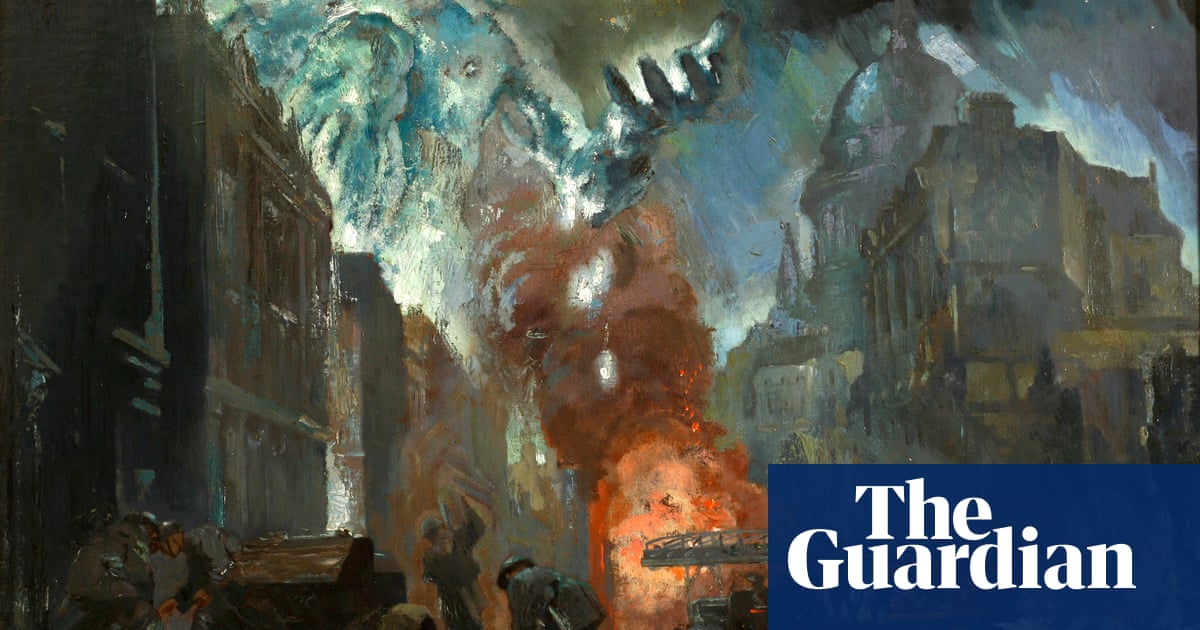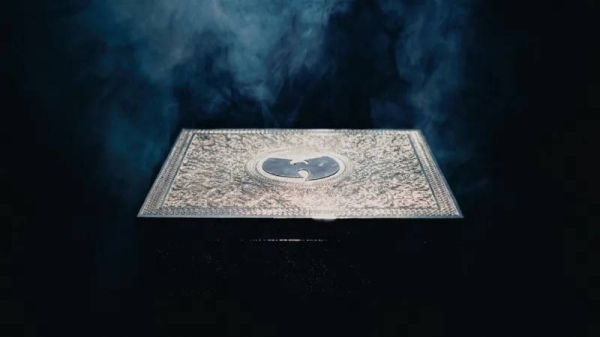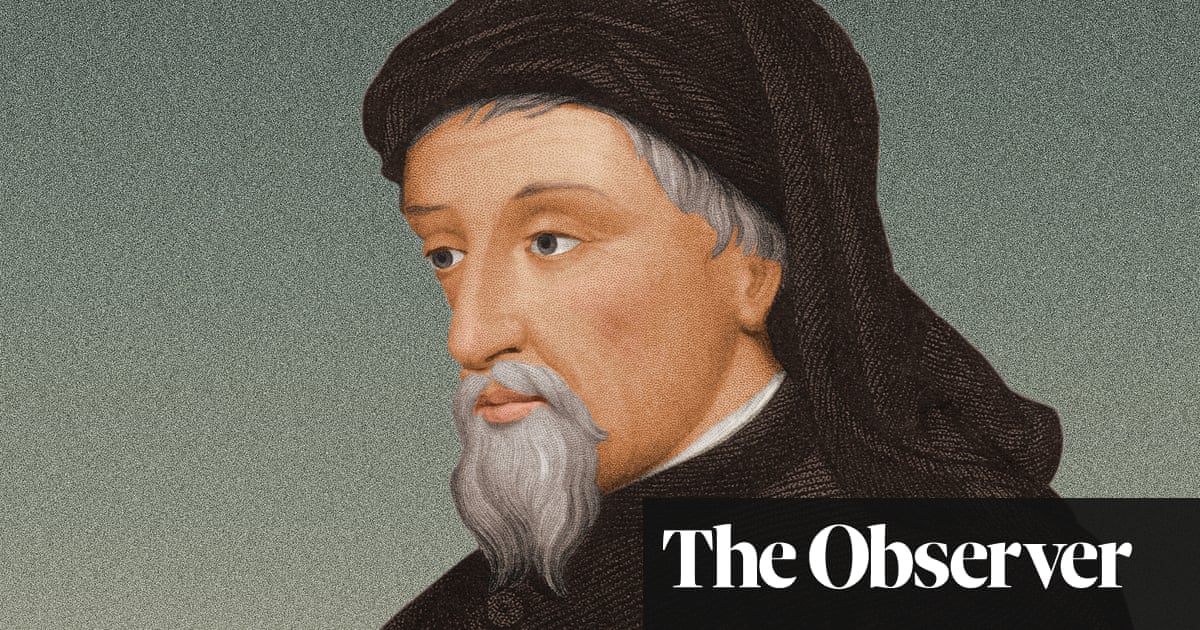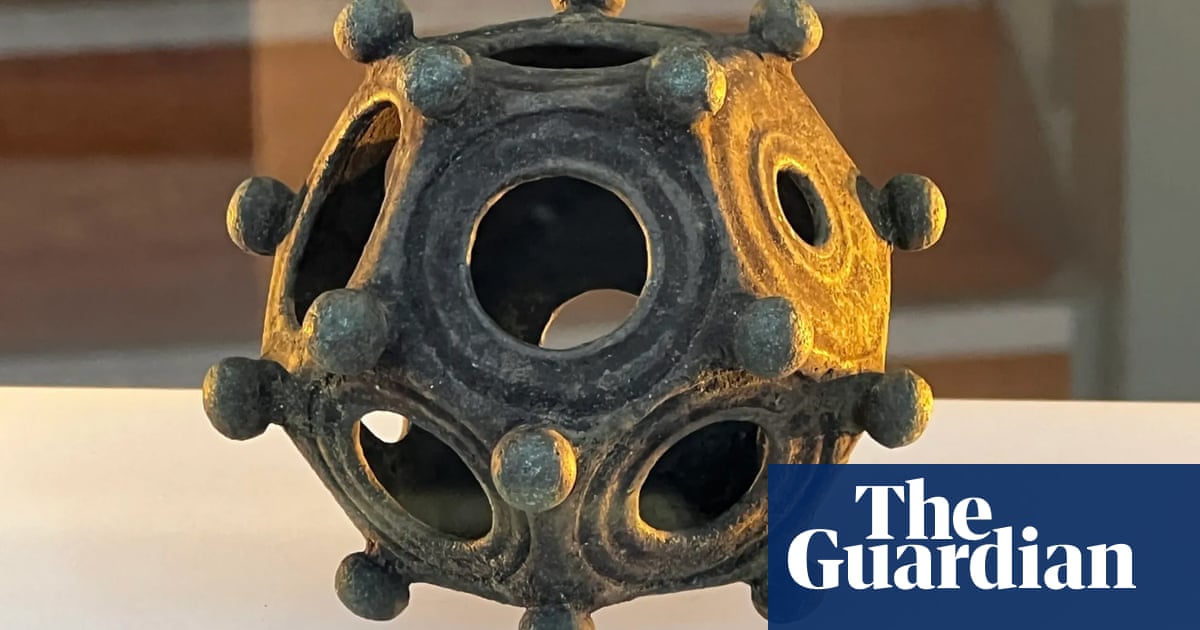
It became known as the second great fire of London, the worst night of the blitz in the British capital during the second world war. On the night of 29-30 December 1940, more than 100,000 bombs were dropped on London, causing widespread fires and destroying many buildings, including 13 of Sir Christopher Wren’s churches.
At the centre of the tragedy were countless firefighters who went to extreme measures to save lives and buildings. Many of them were also skilled artists, who later documented the turmoil and terror they witnessed in a series of evocative paintings and sketches.
To mark the 300th anniversary of Wren’s death, high-quality reproductions of the firefighters’ artworks, along with contemporary photographs from the London fire brigade (LFB) archive, will go on display across a selection of City of London churches.
Fire in the City: Artists in the Blitz, organised by the London Fire Brigade Museum in association with the Square Mile Churches, includes works by notable painters such as Wilfred Stanley Haines, Paul Dessau and Reginald Mills, the latter of whose watercolour Fire in the Strand depicts St Clement Danes after it received a direct hit from an incendiary bomb that pierced its roof. The bell tower acted as a funnel and sent flames shooting into the air; by morning nothing remained but the tower and exterior walls.
During the second world war, women joined the fire service for the first time as volunteers in the auxiliary fire service (AFS), working in a variety of roles ranging from control operators to dispatch riders and delivery drivers – which often involved perilous missions such as driving petrol supplies during bombing raids.
Despite the group being known as the “firemen artists”, a small number of AFS women were also painters, including Mary Pitcairn, whose painting Driving by Moonlight depicts an AFS volunteer, Gillian “Bobbie” Tanner, at the wheel of a truck. Tanner was awarded the George Medal for bravery for volunteering to drive a lorry loaded with 150 gallons of petrol for three hours during intense bombing.
Another firefighter artist was Julia Lowenthal, the title of whose watercolour sketch Bells Down refers to firefighters being called to action by bells in their fire station.
The original works are in deep storage while the LFB works on plans for a new museum. They were first exhibited in London in March 1941, after 10 artists serving with the AFS formed their own Firemen Artists Organising Committee. That year the artists also went on a tour of the US as part of the government’s efforts to bring the Americans into the war.
Fire in the City opens from Friday and can be seen in St Mary-le-Bow, St Mary Aldermary, St James Garlickhythe, St Magnus the Martyr and St Stephen Walbrook churches. A second series of participating churches will host displays from the end of October.
The London Fire Brigade Museum curator Dinah Winch said: “Like so many Londoners in the blitz, the firefighter artists were very courageous and saw horrors that most of us can’t even imagine now. They were also curious, creative and compassionate. Their paintings reflect this and are the reason they remain so compelling to a modern audience.
“The firefighter artists are not well known, and with the brigade’s art collection currently in storage, this exhibition is a great opportunity to tell their story, out in the City, where they were working during the blitz.”












